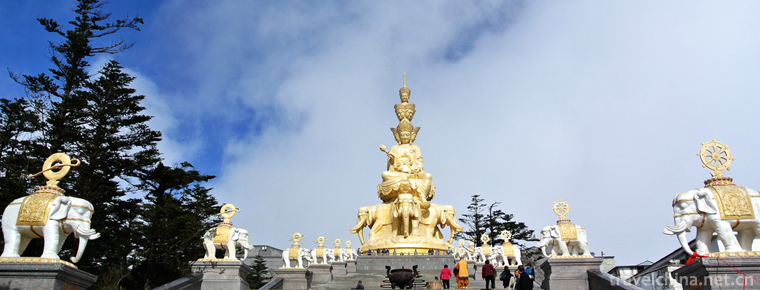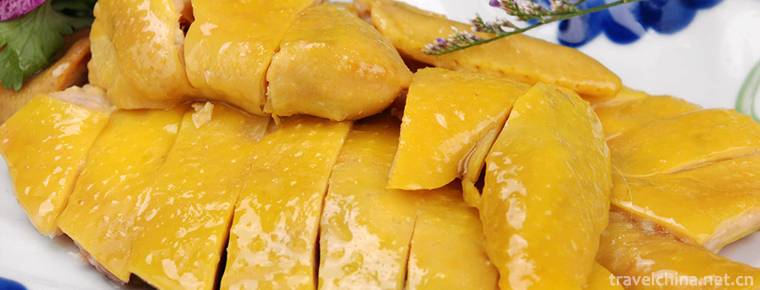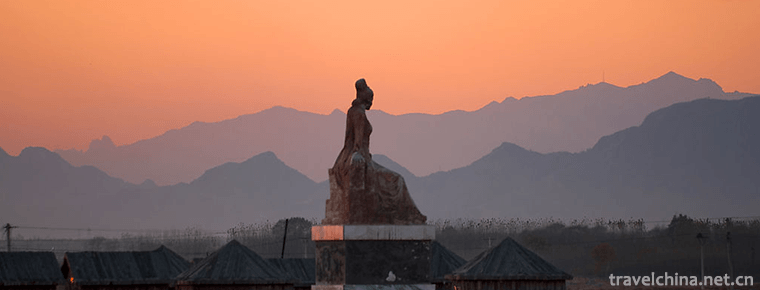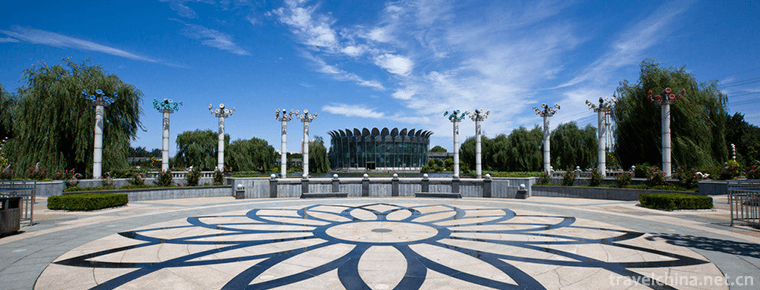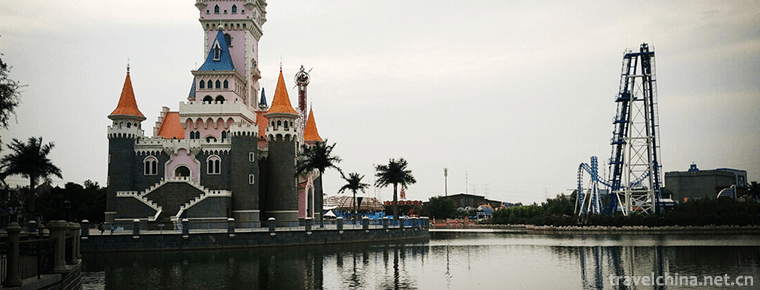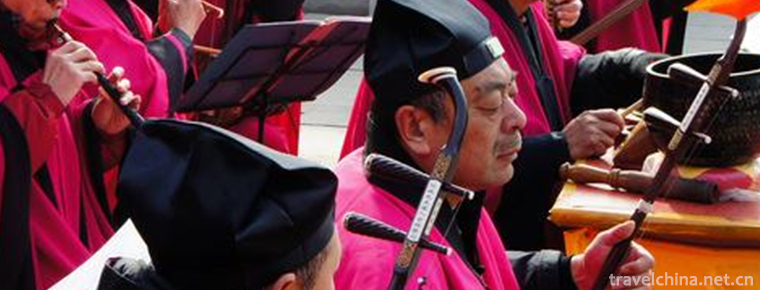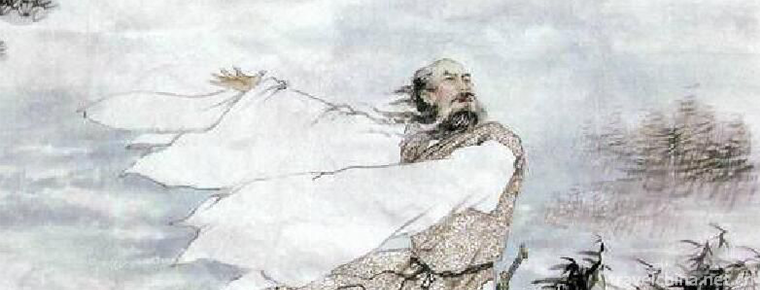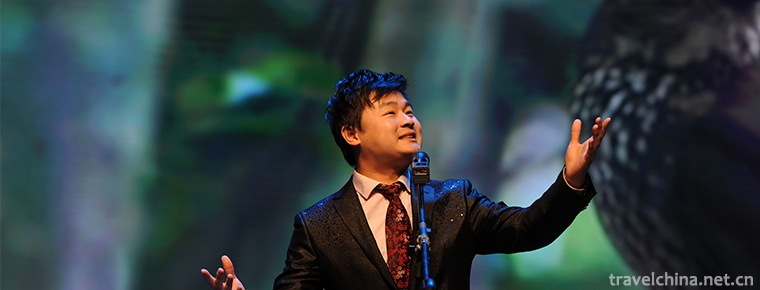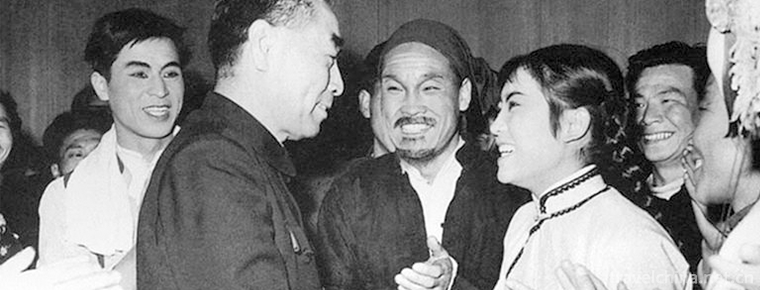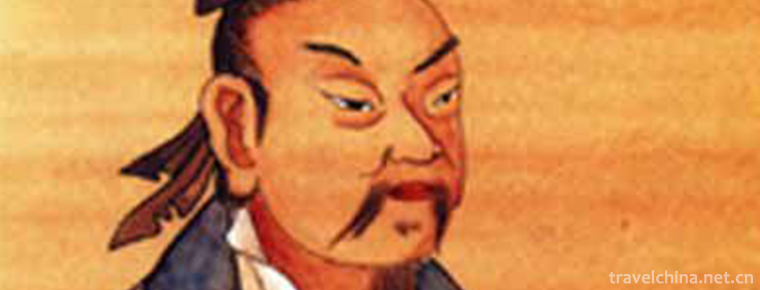Three Old People of Korean Nationality
Three Old People of Korean Nationality
Three Koreans are the traditional folk opera form of the Korean nationality in China. It is composed of three actors who perform in the role of the elderly and merge the forms of Korean opera singing, clown drama and interacting drama. Mainly spread in Jilin Province and Longshi City, it is very popular in the local area.
On June 7, 2008, the "Three Elderly Korean" declared by Jilin Province and Long City was listed in the second batch of national intangible cultural heritage list with the approval of the State Council.
Heritage serial number: 773V-80.
historical origin
As early as the Paleolithic Age in primitive society and in Longshi, human beings had multiplied. The Bohai State had built the capital of Xiande Prefecture in Zhongjing, and achieved the heyday of the Bohai State. Hence, Helong has the reputation of a thousand-year-old capital. In this ancient and vibrant land, the rise and development of the Korean folk art "three old people" is bred. Helong City is a Korean community, and the inheritance and development of folk art has a distinct Korean national flavor. In 1869, Korean hungry people ventured across the border to Ho Long Ken wasteland, which had been banned by the Qing government. The form of "three old people" has gradually developed and formed in the process of production and construction, entertainment and ridicule. Following the end of the Anti-Japanese War in 1945, the celebration of literary and artistic performances prevailed, and the performances were especially popular. The "Three Old Men" melted the characteristics of Korean folk singing, clown drama (Erguangdai), rambling and interacting drama. They mainly praised the national spirit and endowed new contents and performances with them. They were warmly welcomed by the audience and gradually developed and prevailed.
Forms of expression
The three old people are mainly speaking, supplemented by singing. They use the dialect of Yanbian area, which has the local characteristics of Yanbian. The actors simulate three types of old people: progressive, middle and backward, perform in the form of argument, praise advanced figures and new things in laughter, criticize wrong ideas and backward phenomena, laugh at and criticize hostile trends. The three old people are plain and humorous. The advanced are righteous and resolute, showing wisdom. The image of the middle school is both right and left. The dialogue is funny. The laggards are easy to go to extremes. Their minds are simple. The three characters complement each other and become interesting. The contradiction is alleviated and plays an educational role. Some of the lyrics are concise and popular, embellished among them, the music has obvious Korean style characteristics, easy to learn and easy to sing, catchy and catchy. Three old people dress up as humorous and funny, actors are not subject to age constraints, often younger people perform more popular, as for men dress up as women, women dress up as men and other images emerge endlessly.
Inheritance significance
The three old people have the characteristics of stereotyped characters and stylized structures, especially the language humor, which has strong local characteristics. The excavation, rescue and protection of the three elders will play a certain role in promoting the improvement and development of the Korean folk art in Yanbian and the enrichment and perfection of the Chinese minority folk art.
Inheritance and protection
In the process of inheritance of the "Three Old Men", the Helong Art Troupe played a main role. The Helong Art Troupe was founded in 1957. Since its establishment, they have been delivering operas to the countryside in the form of "Kangtou Performance" to inherit the "Five Old Arts". "Five Old Art" is "Three Old Men" and "Two Old Men Singing Together". By 2010, the performance form of "Three Old Men" has been passed down for five generations in the troupe, and more than 20 inheritors have been trained. In 2007, "Three Elderly People in Korea" was selected into the national intangible cultural heritage list.
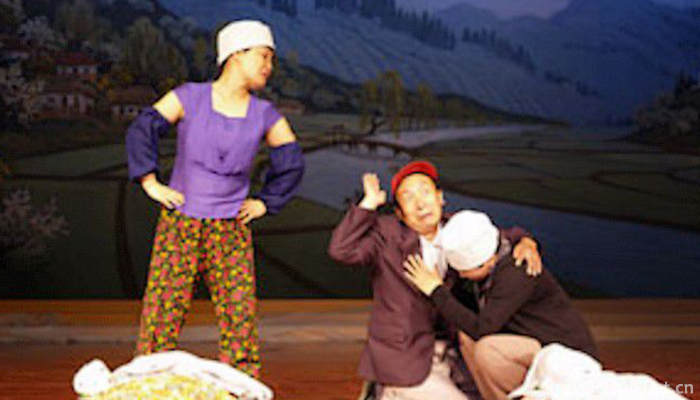

Three Old People of Korean Nationality
-
Mount Emei
Mount Emei is located in Mount Emei, Leshan City, Sichuan Province, China.
Views: 405 Time 2018-10-13 -
White cut chicken
White cut chicken, also known as white cut chicken, is the most common dish in Guangdong cuisine. It is a kind of chicken dipping. Its characteristics are simple and easy to prepare, without batching
Views: 261 Time 2018-11-02 -
Legend of Meng Jiangnu
Meng Jiangnu's story, as one of the four love legends in ancient China (the other three are Niulang and Zhinu, Liang Shanbo and Zhu Yingtai, and The Legend of White Snake), has been widely circulated
Views: 301 Time 2018-12-23 -
Beijing World Flower Garden
The World Flower Grand View Garden is located on the north side of Nansi Ring Auxiliary Road and the east side of Jingkai Highway in Beijing. It has superior geographical position and convenient trans
Views: 155 Time 2018-12-26 -
Fangte Fantasy Kingdom Scenic Spot in Qingdao City
Fangte Fantasy Kingdom of Qingdao is located in Lannan Road, Hongdao Street, Hongdao Hi-tech Zone, Qingdao City, Shandong Province. It is the core high-tech cultural amusement
Views: 213 Time 2019-02-07 -
Taoist Music
Taoist music is one of Chinese religious music. Taoist music is an indispensable part of Taoist rituals. It has the characteristics of foiling and rendering religious atmosphere, enhancing believers'y
Views: 287 Time 2019-04-25 -
The Dragon Boat Festival
Dragon Boat Festival, also known as Dragon Boat Festival, Double Boat Festival, Midday Festival, Dragon Boat Festival, Zhengyang Festival, Bath Orchid Festival, Tianzhong Festival,
Views: 112 Time 2019-04-28 -
Oral skills
Oral skill is an excellent folk performing skill and a kind of acrobatics. Originated in ancient times, people used to hunt, imitate the sound of animals, to deceive prey for food. According
Views: 234 Time 2019-05-10 -
a type of Shaanxi Opera popular in the Weinan Dali region
Bowl-bowl tune is one of the local operas in Shaanxi Province, also known as "lamp-bowl tune" and "Ruan'er tune". The former is named for the main rhythm of the small copper bowl a
Views: 446 Time 2019-06-25 -
Legend of Zhuangzi
The legend of Zhuangzi is a folklore of Dongming in Shandong Province. Chuang Tzu, Ming Zhou, Zixiu. According to the Records of History, it is recorded as the Mongolian people in the Warring States P
Views: 190 Time 2019-08-10 -
Longhua Town
The synonym Longhua ancient town generally refers to Longhua town
Views: 166 Time 2020-10-16 -
Guangyuan Tourism
In 2018, the city has 1 AAAAA scenic spot, 19 AAAA scenic spots, 18 AAA scenic spots and 8 AA scenic spots. In the whole year, it received 50.2886 million tourists, an increase of 11.4%. The total income of the tourism industry was 41.953 billion yuan, an increase of 25.4%.
Views: 215 Time 2020-12-15
